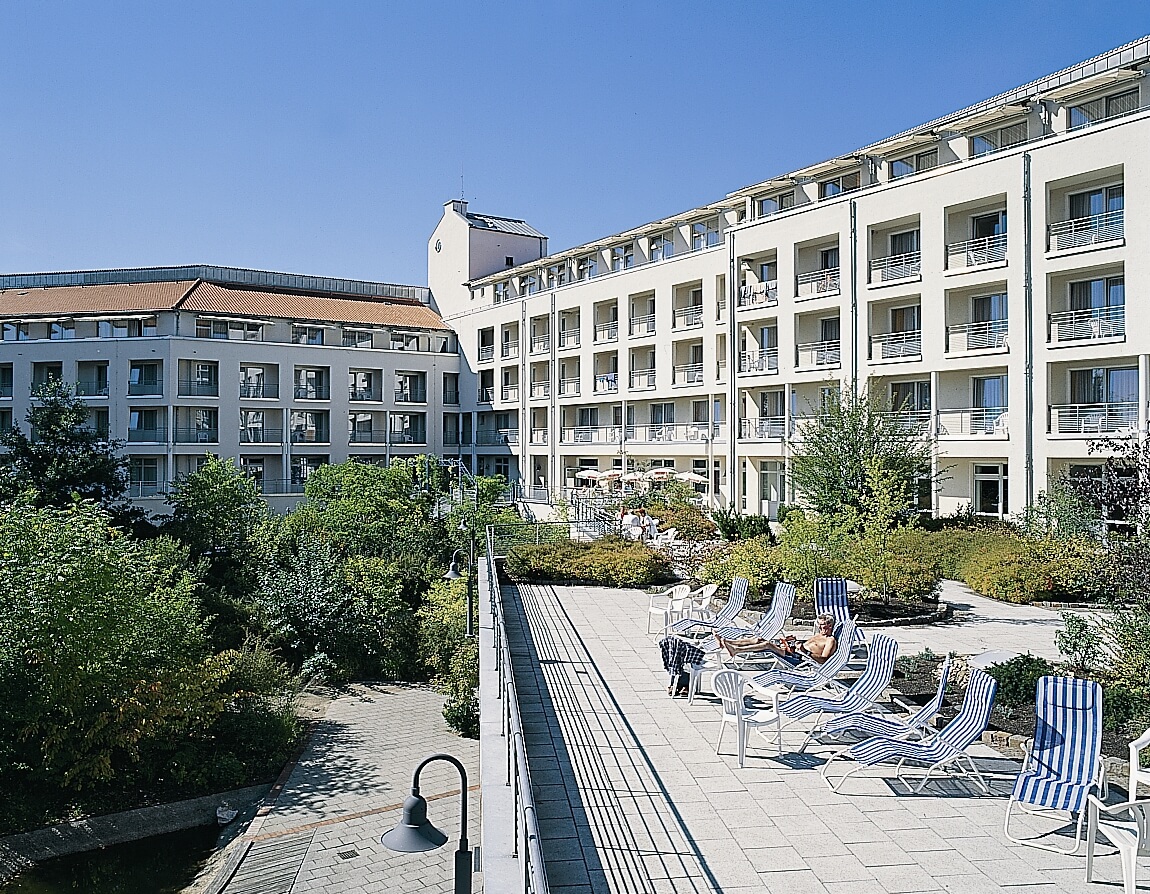Orthopedic issues are common ailments that significantly impact the quality of life for many individuals, affecting their mobility and overall well-being. This article delves into some prevalent orthopedic issues such as arthritis, fractures, and sports injuries. Additionally, we will explore how local clinics in Ludhiana and similar regions are addressing these challenges, providing insights into treatment options and preventive measures.
Understanding Orthopedic Issues
1. Arthritis
Arthritis is a broad term encompassing more than 100 different conditions that cause inflammation in the joints. The most common types include:
Osteoarthritis (OA): This degenerative joint disease occurs when the cartilage that cushions the joints deteriorates over time, leading to pain, stiffness, and decreased mobility. It often affects weight-bearing joints like the knees and hips.
Rheumatoid Arthritis (RA): This autoimmune condition occurs when the immune system mistakenly attacks the joint lining, causing inflammation. RA can affect multiple joints and lead to systemic symptoms such as fatigue and fever.
Prevalence: Arthritis is especially prevalent among the elderly population, but it can also affect younger individuals due to genetics, obesity, and previous injuries.
2. Fractures
Fractures are breaks in the bone caused by trauma, falls, or stress. They can be classified into several types:
Closed fractures: The bone breaks but does not puncture the skin.
Open fractures: The bone breaks and pierces the skin, increasing the risk of infection.
Stress fractures: Small cracks in the bone resulting from repetitive stress or overuse, common in athletes.
Prevalence: Fractures are prevalent among all age groups, but certain demographics, such as the elderly and athletes, are more susceptible.
3. Sports Injuries
Sports injuries encompass a wide range of issues, including sprains, strains, tendonitis, and fractures, often resulting from improper technique, inadequate warm-up, or lack of conditioning. Common sports injuries include:
Anterior cruciate ligament (ACL) tears: A significant injury often seen in sports that require sudden stops and changes in direction, like soccer and basketball.
Rotator cuff injuries: Common in overhead sports like baseball and swimming, these injuries involve tears or inflammation of the shoulder’s rotator cuff muscles.
Prevalence: Sports injuries are prevalent among active individuals, particularly youth and amateur athletes, but can also affect recreational players.
How Local Clinics Address Orthopedic Issues
Local clinics play a crucial role in diagnosing and treating orthopedic issues. In Ludhiana, several clinics specialize in orthopedic care, providing a range of services to address conditions like arthritis, fractures, and sports injuries. Here’s how these clinics approach each issue:
1. Arthritis Management
Diagnosis: Clinics use various diagnostic tools such as X-rays, MRIs, and blood tests to determine the type and severity of arthritis.

Treatment Options:
Medications: Non-steroidal anti-inflammatory drugs (NSAIDs), corticosteroids, and disease-modifying antirheumatic drugs (DMARDs) are commonly prescribed to manage pain and inflammation.
Physical Therapy: Clinics often employ physical therapists to design customized exercise programs that strengthen the muscles around the affected joints, improving mobility and reducing pain.
Lifestyle Modifications: Clinics may provide dietary recommendations and suggest weight management strategies to alleviate stress on joints.
Surgical Interventions: In severe cases, orthopedic surgeons may recommend joint replacement or arthroscopy to remove damaged tissue.
Patient Education: Many clinics offer educational workshops to help patients understand their condition and learn effective self-management strategies.
2. Fracture Care
Diagnosis: Fractures are diagnosed through physical examination and imaging techniques such as X-rays or CT scans.
Treatment Options:
Immobilization: Most fractures require immobilization using casts, splints, or braces to allow the bone to heal properly.
Pain Management: Clinics provide pain relief options, including medications and ice therapy.
Surgical Interventions: Complex fractures may necessitate surgical procedures to realign the bone fragments using plates, screws, or rods.
Rehabilitation: Once the fracture has healed, physical therapy is often recommended to restore strength and mobility to the affected area.
3. Sports Injury Management
Diagnosis: Clinics assess sports injuries through physical examinations and diagnostic imaging to determine the extent of the injury.
Treatment Options:
R.I.C.E. Method: The Rest, Ice, Compression, and Elevation (R.I.C.E.) method is a standard initial treatment for acute sports injuries.
Rehabilitation Programs: Local clinics often have specialized rehabilitation programs designed to help athletes recover and regain strength, flexibility, and coordination.
Injury Prevention: Many clinics focus on educating athletes about injury prevention techniques, including proper warm-up and cool-down exercises, as well as strengthening programs tailored to specific sports.
Surgical Options: In cases of severe injuries, such as ACL tears, surgical repair may be necessary, followed by rehabilitation to facilitate recovery.
The Role of Technology in Orthopedic Care
Local clinics are increasingly incorporating advanced technologies to enhance orthopedic care. Some notable technologies include:
Telemedicine: Virtual consultations have become increasingly popular, allowing patients to receive expert advice and follow-up care without the need for in-person visits.
Diagnostic Imaging: Clinics utilize advanced imaging techniques like MRI and ultrasound to obtain precise assessments of orthopedic issues.
Robotic-Assisted Surgery: Some clinics are adopting robotic technology for joint replacement surgeries, leading to greater precision and potentially faster recovery times.
Community Outreach and Support Programs
Local clinics often engage in community outreach to promote awareness about orthopedic health. These programs may include:
Free Screening Camps: Clinics may organize free orthopedic screenings to identify undiagnosed issues in the community and provide early intervention.
investigate this site : Clinics may host seminars to educate the public about common orthopedic issues, prevention strategies, and the importance of seeking timely care.
Partnerships with Sports Organizations: Collaborating with local sports organizations helps clinics provide specialized care for athletes and promote safe practices in sports.
Conclusion
Orthopedic issues like arthritis, fractures, and sports injuries pose significant challenges for many individuals, impacting their daily lives. Local clinics play a vital role in diagnosing, treating, and managing these conditions through a combination of medical interventions, rehabilitation programs, and community outreach. By utilizing advanced technologies and fostering community awareness, these clinics ensure that individuals receive comprehensive care tailored to their needs. As orthopedic medicine continues to evolve, local clinics will remain pivotal in improving the quality of life for those affected by orthopedic issues in Ludhiana and beyond.
